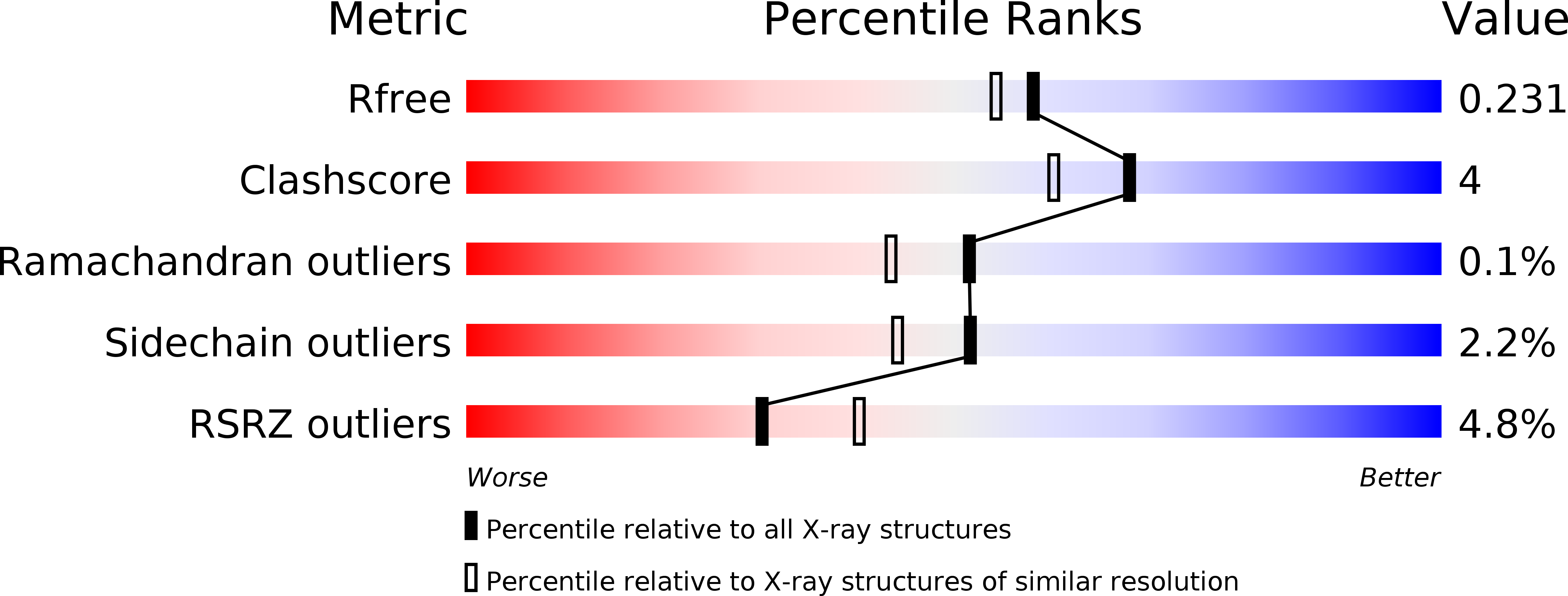
Deposition Date
2012-08-16
Release Date
2013-08-21
Last Version Date
2024-11-27
Entry Detail
PDB ID:
4GN3
Keywords:
Title:
OBody AM1L10 bound to hen egg-white lysozyme
Biological Source:
Source Organism:
Pyrobaculum aerophilum (Taxon ID: 13773)
Gallus gallus (Taxon ID: 9031)
Gallus gallus (Taxon ID: 9031)
Host Organism:
Method Details:
Experimental Method:
Resolution:
1.95 Å
R-Value Free:
0.22
R-Value Work:
0.19
R-Value Observed:
0.20
Space Group:
P 21 21 21


